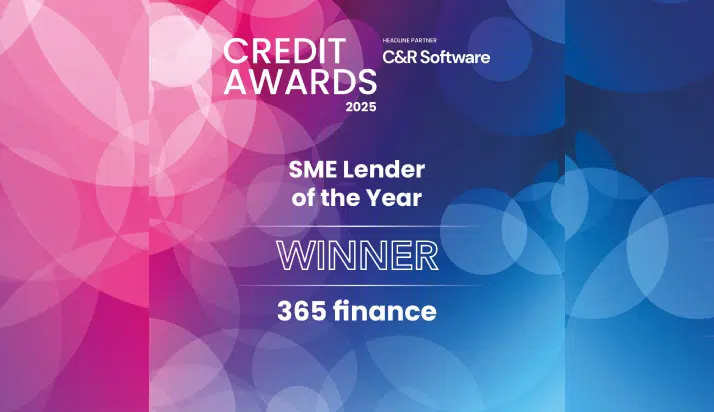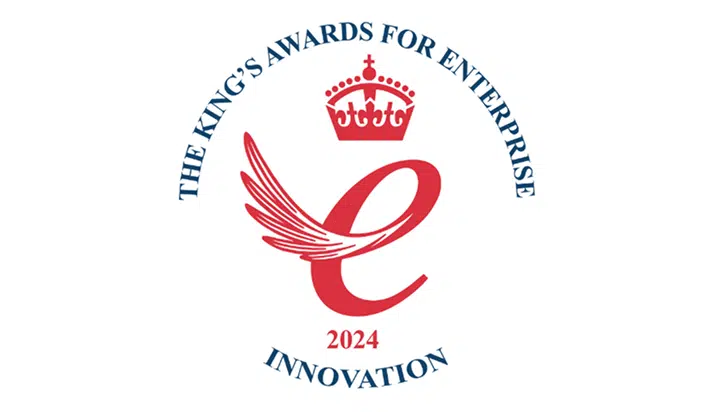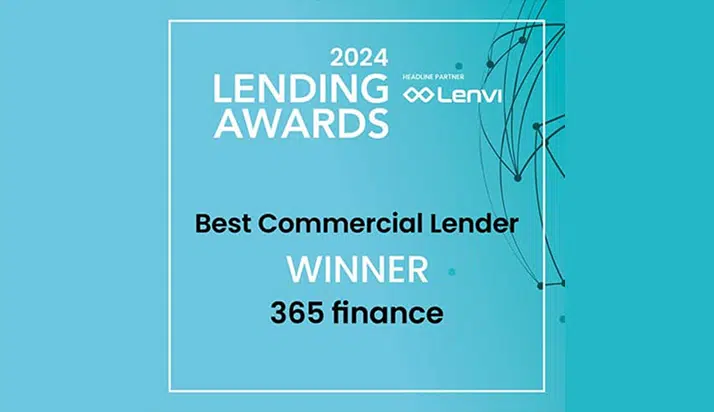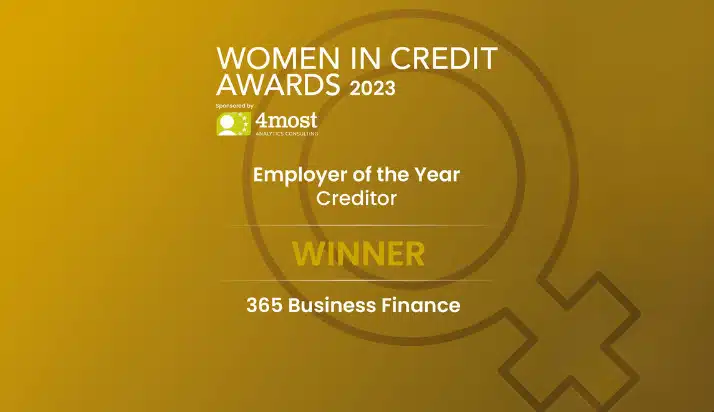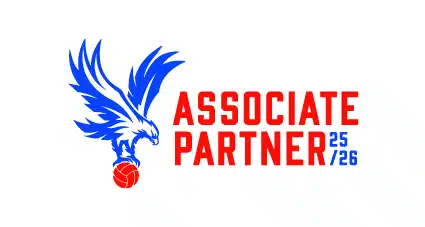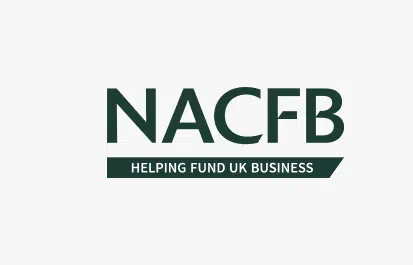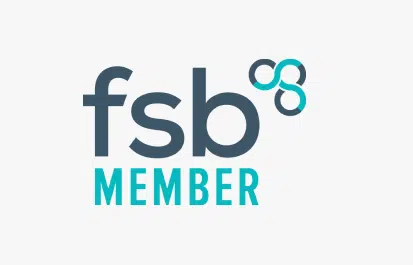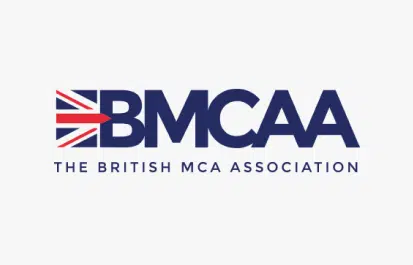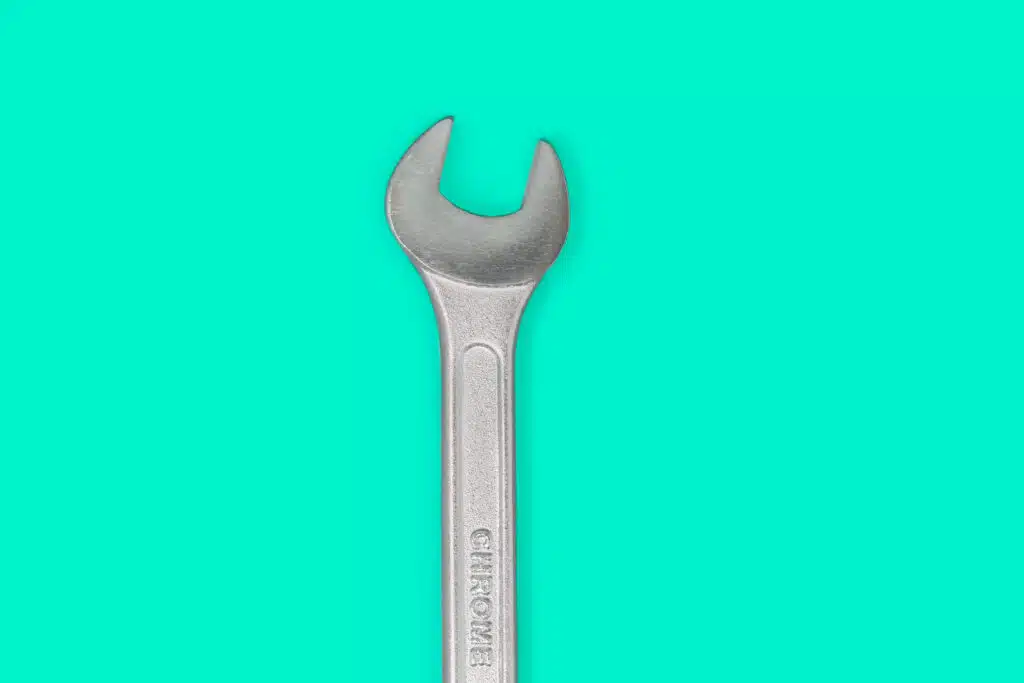Inventory Finance

What is Inventory Financing?
Every business needs inventory. Whether it’s the ingredients to prepare meals at a local cafe, merchandise for an e-commerce store or equipment parts at an MOT garage, without inventory, you may not have a business.
However, one issue that many UK SMEs have is a lack of access to the funds needed to invest in this inventory. It’s a vicious cycle; without inventory, you can’t make money, but without money, you can’t buy your inventory.
Inventory financing, also known as stock financing, is a short-term funding solution that enables businesses to purchase inventory. By securing funding against existing or future inventory, businesses can bridge cash flow gaps, take advantage of supplier discounts or prepare for peak seasons.
At 365 Finance, we’ve helped thousands of UK-based SMEs stay on the path to success without overextending their finances. While we don’t offer traditional inventory financing, our revenue-based finance options help businesses gain fast access to capital with repayments that work for their business.
How Inventory Finance Works
Inventory finance involves a lender providing funds to a business secured against unsold stock.
What this means is that the business gets the cash it needs to purchase inventory upfront, while the lender uses the value of the inventory as collateral until the advance has been repaid.
There are two main ways that this type of financing solution works:
- Inventory loan: A lump sum loan provided for a specific inventory purchase, repayable over a fixed term.
- Revolving inventory line of credit: A more flexible credit agreement where businesses can draw funds as and when they need to, up to a limit which is negotiated at the start of the agreement.
Normally, these loans are provided by banks, specialist finance providers or alternative lenders.
Types of Inventory Financing
Let’s go into more detail on the two main types of stock finance solutions. Depending on how frequently you need to purchase stock and how seasonal your business is, several factors help you decide which one is most appropriate for your business needs.
Inventory Loan
This is a fixed-term loan which a business will take with the specific purpose of purchasing inventory. It works well for businesses experiencing short-term cash flow issues, freeing up cash for other areas of the business or preparing for peak season.
Pros:
- Predictable repayments
- Can use it to make use of supplier discounts
- Suitable for one-off inventory investments
Cons:
- Not always the most flexible loan
- Traditional lenders will require in-depth information before approving loans
Revolving Inventory Line of Credit
If a business takes out a revolving inventory line of credit, they are allowed to borrow multiple times from a specific supplier, up to a pre-approved limit. As the business sells the inventory and repays the credit, the funds will become available again.
Pros:
- Flexible access to capital
- Matches irregular sales cycles
- Only pay interest on drawn-down funds
Cons:
- May involve higher interest rates than term loans
- Regular stock reporting may be required
Common Use Cases for SMEs
Many SMEs in the UK rely on the different forms of inventory financing to see their businesses through critical periods. Here are just some of the most common use cases we see in our customers:
- Preparing for peak seasons: Many retailers will often increase inventory during sales spikes, like Christmas, Black Friday or summer sales.
- Economies of scale: Businesses can secure better pricing from suppliers when buying in large quantities, but may need some extra cash to afford these orders.
- New product launches: When bringing a new product to market, brands may invest in a larger first run of new stock so they have plenty for customers on launch day.
- Supply chain delays: You can’t always guarantee a consistent flow of stock throughout the year, so many SMEs prefer to place large orders less frequently for peace of mind.
- Smooth cash flow: If you’re constantly waiting on customer payments, business owners can use inventory finance to bridge any gaps and keep stock levels where they need to be.
Advantages of Inventory Finance
Seeking inventory finance can be a beneficial way for SMEs to keep afloat. Here are just some of the key advantages of this type of financing:
- It can help small businesses improve their cash flow by helping them maintain healthy working capital while still having the ability to invest in new inventory
- It keeps businesses growing by allowing them to scale up operations quickly during their peak seasons
- Unlike other methods of funding, you don’t have to give up any ownership of your company to gain access to external funds
Disadvantages of Inventory Finance
Although inventory finance is great for some businesses, it doesn’t necessarily mean it’s suitable for yours. Here are some examples of disadvantages that you should be aware of:
- Inventory can depreciate in value over time, so you run the risk of losing money on any unsold stock
- Traditional lenders may ask you to include physical stock as collateral, which they can take should you be unable to pay back your advance
- Some lenders also require ongoing stock audits and other reporting obligations until the advance is repaid
Who Should Consider Inventory Financing?
Accessing external finance is a big thing for small businesses, so it’s important to choose the type of financing that works for you and your business.
In our experience, inventory finance is most suitable for product-based businesses that rely on consistent stock turnover to generate revenue. This can include:
- Retail stores with seasonal sales cycles
- Wholesalers placing large orders
- Product businesses with strong but irregular cash flow
If any of the above applies to your business, inventory finance – or alternatives like revenue-based finance – can help you operate more smoothly and set you on the path to growth.
How to Apply for Inventory Finance
The application process for inventory finance can vary depending on the lender you are going to but as a minimum, you’ll probably be asked to provide the following information:
- Trading history (typically between 6-12 months’ worth)
- Financial statements
- Inventory records including valuation, turnover and supplier invoices
- A business plan to explain how the inventory will be used and sold
This process can be tedious and slow at times, which is why many small businesses are turning to alternative solutions. Our revenue-based finance solutions are a good example of cash advances that are simple and easy to apply for when you need to purchase inventory.
If you need some more help to get an idea of how much you can apply for, try out our calculator below to understand the key metrics we look for.
Alternatives to Inventory Finance
If inventory financing doesn’t suit your business model, there are several other options to consider:
- Trade Credit
- Equipment Finance
- Invoice Finance
- Merchant Cash Advances
- Business Loans
- Bank Overdrafts
Each of the options has its own set of pros and cons, but it might be worth taking a good look at everything that’s available before making a decision. You can explore these options in detail through our other financing guides.
Am I eligible for a 365 Finance cash advance?
Has your business been trading for a minimum of 6 months?
Does your business’ monthly credit and debit card sales exceed £10,000?
You’re eligible
Get a quoteYou must take at least £10,000 per month in card sales and have been trading for at least 6 months
Request a callbackRepayments mirror the ups and downs of your business
A business processing £10,000/month in card sales can receive an unsecured cash loan of the same amount, with no interest rates or fixed terms. Repayments are automatic and based on a small percentage of monthly card sales.
How Rev&U™ repayments work
1
Agree fixed percentage
Agree a fixed percentage of your credit and debit card sales to repay the business cash advance (typically between 5% and 15% of your card sales)
2
Make card sales
Sell to your customers on your credit and debit card terminals.
3
Automatic repayments
The pre-agreed percentage is automatically deducted from your daily transactions at point of sale and you will.
4
Get money into your account
This is automated so there is no change to the time it takes for you to receive your money.
5
Daily sales reduce balance outstanding
The daily amount deducted then reduces the balance outstanding on the business cash advance.
6
Collections stop automatically
Collections stop automatically once the cash advance has been repaid in full.
How much capital does your business need?
Use our calculator and see how a 365 Cash Advance could help your business.
£60,000
funding received
£100
for every card transaction
85% = £85
goes to your account
15% = £15
goes to 365 finance
A simple and secure way to finance your business
Apply in minutes
Complete the application form. It takes less than 5 minutes!
Relationship manager
Be allocated a relationship manager to assist with any queries.
Approval under 24h
A decision will be made under 24h.
Get your cash advance in days
Funding directly into your business bank account within days


Finance Academy
Explore our Finance Academy to understand all the financial acronyms and jargon, and take charge of your business’s financial success today!
Explore our guides

